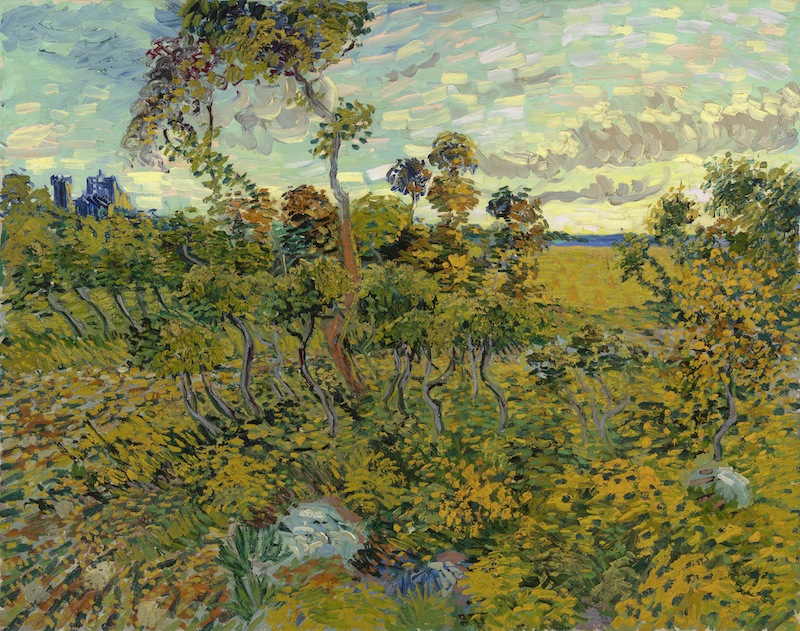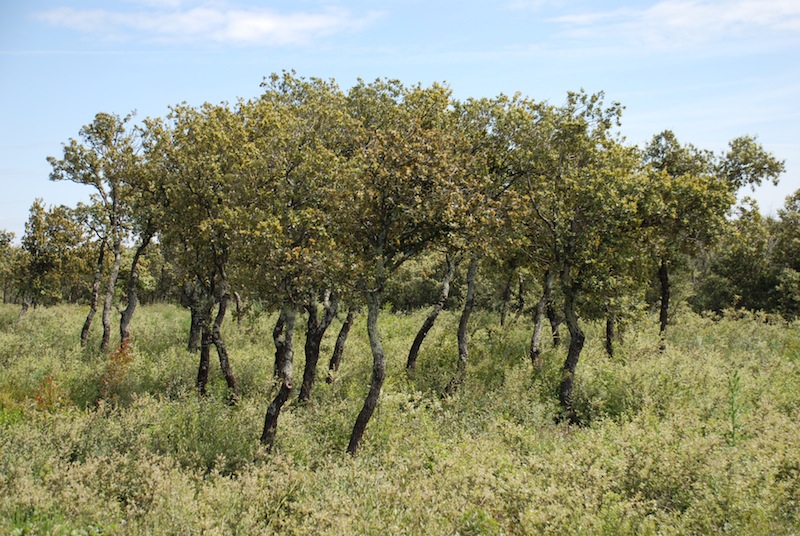Long-Lost Van Gogh Painting Discovered

A major new painting by Vincent van Gogh has been discovered after it spent decades locked away in an attic, suspected to be a fake.
The Van Gogh Museum in Amsterdam unveiled the long-lost landscape painting today (Sept. 9) following an investigation that showed the style, technique, paint, canvas and subject matter matched with other works from the peak of the Dutch artist's career.
"It is already a rarity that a new painting can be added to van Gogh's oeuvre," Axel Rüger, director of the Van Gogh Museum, said in a statement. "But what makes this even more exceptional is that this is a transition work in his oeuvre, and moreover, a large painting from a period that is considered by many to be the culmination of his artistic achievement, his period in Arles in the south of France." [Faux Real: A Gallery of Forgeries]
Van Gogh died in 1890 at the age of 37, leaving behind hundreds of works. The newly discovered "Sunset at Montmajour" dates to 1888, around the same time van Gogh painted some of his most recognizable pieces, including "The Sunflowers," "The Bedroom" and "The Yellow House."

The painting, which is about 3 feet by 2.4 feet (93 cm by 73 cm), originally belonged to the collection of Theo van Gogh, the artist's brother, and was sold in 1901. Shortly thereafter, the artwork ended up in the hands of a Norwegian collector who tucked it away in his attic after it was declared a fake, museum officials said at the unveiling ceremony in Amsterdam, according to the Associated Press.
As recently as the 1990s, the painting's authenticity was rejected by the museum, the AP reported. But a new examination of historical records and the painting's materials helped build a case for its attribution to van Gogh.
"We carried out art historical research into the style, the depiction, use of materials and context, and everything we found indicated that this is a work by van Gogh," museum researchers Louis van Tilborgh and Teio Meedendorp said in a statement.
Sign up for the Live Science daily newsletter now
Get the world’s most fascinating discoveries delivered straight to your inbox.
"Stylistically and technically speaking, there are plenty of parallels with other paintings by van Gogh from the summer of 1888."
The researchers identified the real location of the painting — a landscape in the south of France near Arles with the ruins of the Benedictine Montmajour Abbey in the background.
The newly identified painting also shows signs of the same discoloration that has come to characterize van Gogh's work in recent years, troubling conservators. The bright yellows in many of van Gogh's paintings like "The Sunflowers" have been turning to muddy browns. Recent studies have shown this darkening is caused by chemical reactions that occur when ultraviolet light (including sunlight) penetrates the chrome yellow paint.
They even found two references to the work in van Gogh's letters, in which he is critical of the painting and declared it unsuccessful.
"We see van Gogh visibly working, struggling almost, and this adds to the charm of this work," van Tilborgh and Meedendorp said in a statement. "It belongs to a special group of experimental works that van Gogh at times esteemed of lesser value than we tend to do nowadays. The painting is even a transitional work."
The discovery of the "Sunset at Montmajour" will be detailed in the Burlington Magazine's October edition, and the painting will be shown in the exhibition "Van Gogh at Work" in the Van Gogh Museum from Sept. 24.
Last year, new research helped authenticate another disputed van Gogh painting: a still life depicting flowers that had been painted over another artwork showing two half-naked men wrestling, X-ray images revealed.
Follow Megan Gannon on Twitter and Google+. Follow us @livescience, Facebook & Google+. Original article on LiveScience.











